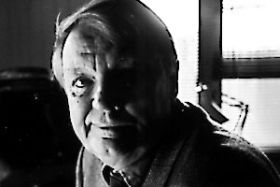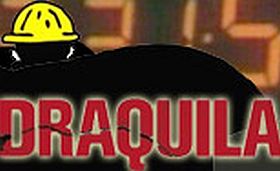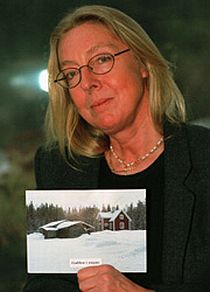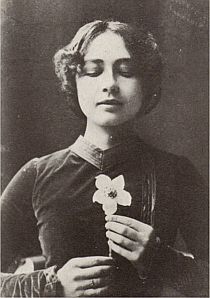


News from Paris: Cannes
Every year in Cannes, at the opening of The Director’s Fortnight, la Quinzaine des réalisateurs, the international society of filmmakers, la Société des Réalisateurs de Films (SRF), hands out the award The Carosse d’Or to honour “the innovative qualities, courage and independent-mindedness of his or her work”.
This year the honour goes to Agnès Varda, 81, the queen of truly independent French cinema.
As an introduction to this occasion on May 13th, Varda’s film Lions Love… (and Lies) from 1969 was shown.
Lions Love… (and Lies) is a crazy, charming docu-fiction, or rather fiction-docu, Varda filmed when she stayed in Los Angeles with her husband Jaques Démy in 1968. Peace and love, sex and politics, freedom and soft drugs! The main caracters is the trio Viva, Andy Warhol’s muse, Jim and Jerry, the authors of Hair, and Shirley Clarke in the role of herself…
”I’m always cheating with reality and fiction” states Varda (Le Monde, 15.5.2010, reporting from the debate she had with Frederick Wiseman after the screening of her film: Le Monde )
Agnès Varda’s production company Ciné-Tamaris, have been so kind to inform me, that not only can you watch all of Agnès Varda’s films on international VOD from May 18th, 35 films, short and long, many of them previously unreleased, on:
But also, a DVD set with the complete works of Agnès Varda, including Lions Love… (and Lies) which has never been released on DVD, is in it’s making and is expected to come next year.
Jean-Luc Godard cancelled his expected visit to the Cannes Festival for enigmatic reasons and to the great regret of the Festival. His latest film Film Socialisme was shown Monday May 17th in the competition Un certain Regard. The film will come out in theatres in France May 19th.
And at last, Filmkommentaren is of course following Armadillo’s success in Cannes.
For those who are lucky to be in Paris, Janus Metz’ Armadillo can be seen already the 5th of June (17.30 p.m.) in the special program 49ème Semaine internationale de la critique at the Cinémathèque in Paris, shown together with the short film Berik by Daniel Joseph Borgmann, also in the competition: Cinémathèque
Cineuropa wrote: “Janus Metz’s extraordinarily forceful documentary Armadillo stunned the audience in Critics’ Week at the 63rd Cannes Film Festival”. Read the rest here: Cineuropa
The Hollywood Reporter: A “Vivid and frightening documentary”, “When the bombs go off and the bullets start flying, Metz and his cameraman provide a real-life vision of what a hurt locker is really all about”: Hollywoodreporter
The trailer for Armadillo can be seen here:
http://armadillothemovie.com/armadillo/TRAILER.html
And a little bonus, greetings from Paris and Agnès: Le lion volatile (2003):
http://www.youtube.com/watch?v=c7PzW9s7b9I
Photo: Agnès Varda in Cannes 2009 (Reuter)







